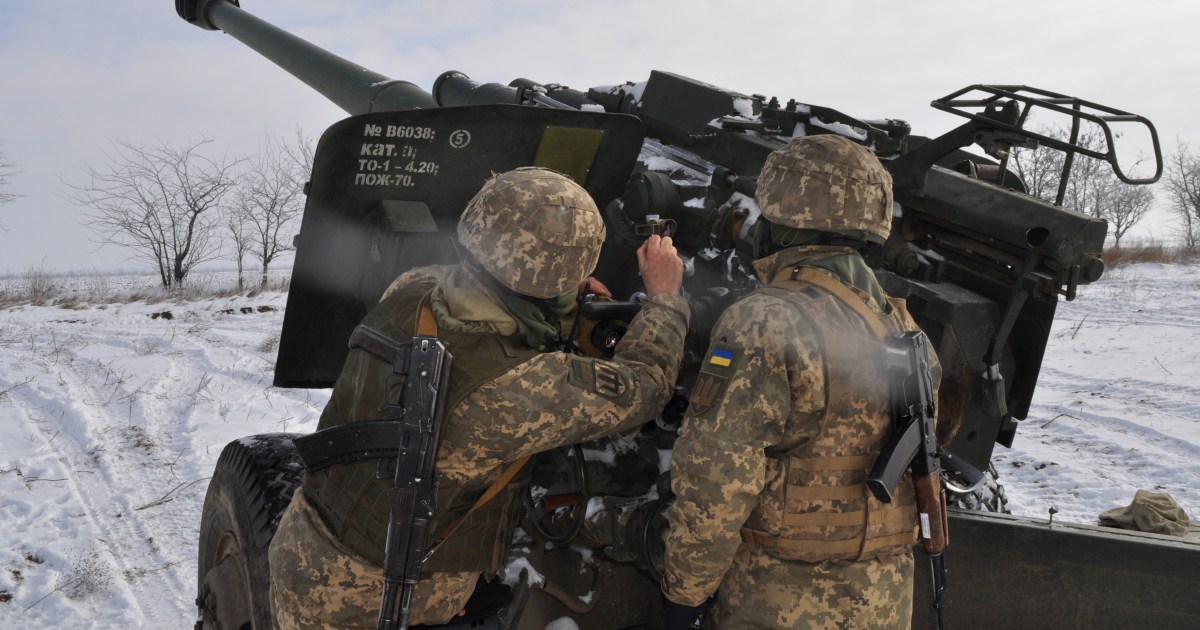Europe stands on the brink of a war of ominous consequences, as the United States and its allies, who are convinced that Russia is planning to invade Ukraine, threaten to impose “devastating” sanctions on the latter if it takes such a step, while Moscow strongly denies any such plans, and confirms that Kiev is preparing to launch an attack. against the separatists of Donbass (eastern Ukraine).
Is it possible to reach a diplomatic settlement that would bring peace and stability to the troubled region of Eastern Europe?
With this question, the two writers, Alexander Denikin, assistant to the former Russian Prime Minister Yevgeny Primakov, and the former Director General of Russian Affairs at the US National Security Council Thomas Graham, launched a joint article for them published by the “Modern Diplomacy” website, highlighting the roots of the current crisis, and proposing 4 steps to remove Defuse it without entering into a military conflict.
The roots of the crisis
The authors argue that resolving the current crisis, which threatens with a war whose consequences are unpredictable, requires understanding its essence, as it is not limited to Ukraine, but has its roots in the broader European settlement reached at the end of the Cold War 30 years ago, which Moscow claims was imposed on it at the same time. She was very weak in it, and considered that this settlement failed to take into account her own interests.
Moscow also believes that the expansion of Euro-Atlantic institutions towards the east that followed that settlement - especially with regard to the North Atlantic Treaty Organization (NATO) and the European Union - threatens Russia's security and prosperity, and therefore Russia, which is now seeking to restore its international standing, is determined to stop that expansion -if not reversed- using various necessary means, according to the article.
What is the solution?
The authors proposed 4 steps to solve the crisis that is about to ignite a fierce war, the first: restricting military operations along the border between NATO and Russia.
The second: stopping the expansion of NATO to the east, where the authors see that the expansion of NATO towards the east is the core of the current dispute, and among the proposals made by the authors is an official halt to the expansion of NATO in the countries of the former Soviet Union - including Ukraine - for a period ranging between 20 and 25 years.
The third proposal is to resolve the ongoing and frozen conflicts in the region of the former Soviet Union and the Balkans, including those relating to Crimea, Kosovo and Donbass, all of which have a separatist tendency.
The fourth proposal to resolve the Ukrainian crisis - according to the authors - is to update the Helsinki Accords signed in 1975, as they believe that this will facilitate a comprehensive settlement, and may be the cornerstone for decades of peace in Europe.
The article concluded that the two sides should seek agreement on the interpretation of the ten principles guiding relations between states, agreed upon by all parties, including respect for sovereign rights and self-determination, non-interference in the internal affairs of states, and refraining from threatening or using force against other states. and the peaceful settlement of disputes.
The authors stressed the need to negotiate the four proposals as a single package despite the different parties to the crisis, as both the United States and Russia need to know where they are heading before engaging in substantive talks on the details.
They also noted the need to seek agreement on the limits of NATO's activities in and around Ukraine, particularly those related to Russia's security concerns, but in a manner that does not jeopardize NATO principles.

